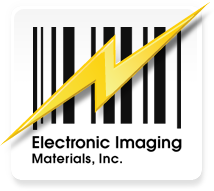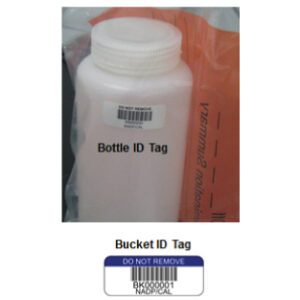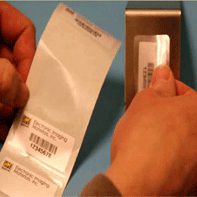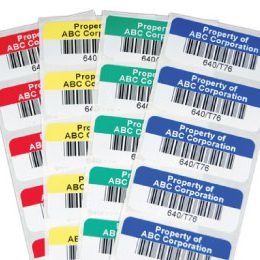Ever wonder what goes into the small but mighty labels on medical devices? In a busy healthcare setting, these labels can mean the difference between smooth, compliant device usage and costly product recalls or patient safety risks. Medical device labeling is a rigorous process that must align with strict regulations, stand up to harsh sterilization methods, and remain legible in critical, fast-paced environments.
In this guide, we’ll uncover five best practices every manufacturer, distributor, or quality manager should know. From meeting FDA and EU MDR standards to picking durable materials, these tips help ensure your healthcare labels consistently deliver key information—without fading, peeling, or causing confusion.
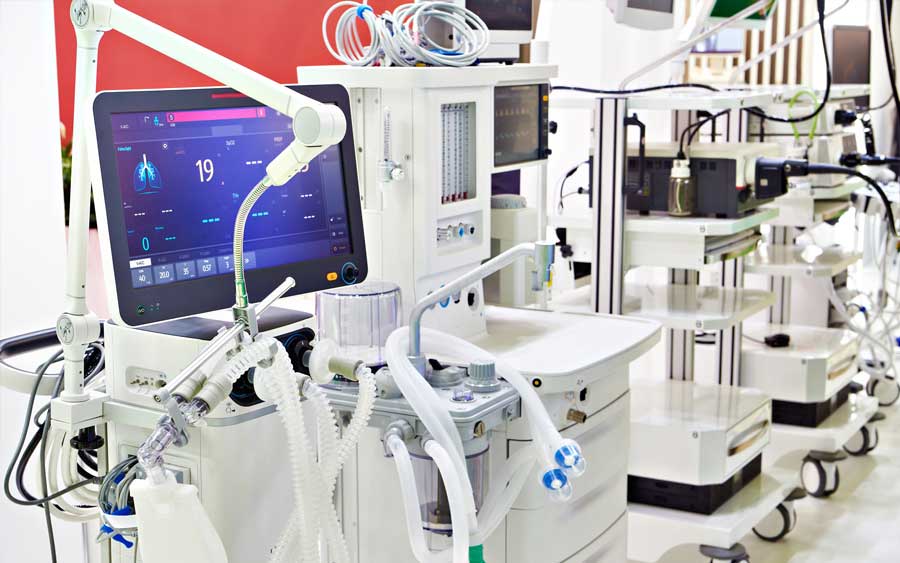
Best Practice #1: Ensure Compliance With Regulations
When it comes to medical device labeling, regulatory compliance is the foundation. Different agencies—like the FDA in the U.S., the European Commission under the EU MDR, and global bodies that abide by ISO 13485—each have unique requirements. They may mandate the inclusion of specific symbols, warnings, expiry dates, and instructions to help ensure patient safety and device traceability.
Navigating a Complex Regulatory Landscape
Proactively checking which symbols, language requirements, and unique codes apply to your product helps you avoid costly recalls or enforcement actions. It also builds trust with healthcare professionals, who rely on accurate, consistent information to use devices properly.
- Stay Updated: Regulations evolve over time. Subscribe to newsletters or alerts from relevant regulatory authorities to keep up with changes.
- UDI Codes: Many regions now require unique device identifiers (UDIs) on medical devices to streamline tracking and recall management. Make sure your labeling system supports the generation and printing of these codes.
- Proper Symbols & Warnings: Standardized icons minimize text and reduce language barriers. These might include sterility icons, temperature requirements, or caution labels.
Best Practice #2: Select Durable Materials that Last
The second best practice centers on choosing materials that can withstand the wear and tear common in medical settings. Devices may go through sterilization (autoclaving, gamma irradiation, or ethylene oxide treatments), repeated wipe-downs with alcohol or chemical disinfectants, and constant handling in high-traffic hospital units.
Material and Adhesive Considerations
Manufacturers who select the right materials upfront can prevent common issues like peeling labels or smeared text. That durability supports smooth compliance checks and creates trust among healthcare providers, who quickly lose confidence in devices that appear poorly labeled.
- Synthetic Facestocks: Polypropylene or polyester labels resist moisture, chemicals, and extreme temperatures far better than paper-based labels.
- Heat-Resistant Adhesives: In autoclave or high-heat scenarios, adhesives that soften or peel can lead to mislabeling or no labeling at all. Ensure you use adhesives that maintain a strong bond even when exposed to high temperatures.
- Protective Coatings: Clear laminates or UV-resistant coatings shield printed text from abrasion, solvents, and fading.

Gwenn F. | Schwan Cosmetics USA, Inc.
“We have been looking for a label that was Chemical Resistant for our manufacturing facility and so far they are holding up well. A lot of our internal audits departments were failing due to the missing label, label not readable and to date no comments on audits for this reason.“
Best Practice #3: Prioritize Legibility in Labels for Healthcare
In a busy surgical theater or intensive care unit, legibility is non-negotiable. Professionals don’t have time to decode smudged text or guess at faded symbols. Medical device labeling must remain crisp, clear, and easy to interpret—even under challenging conditions.
Strategies for Superior Legibility
Better legibility can significantly reduce user errors. It also streamlines device usage, which helps medical teams focus on providing top-tier patient care.
- High-Contrast Text: Dark ink on a white or light background typically offers the best readability.
- Appropriate Font Size: Tiny lettering might save space, but it can also lead to misinterpretation. Striking a balance between required info and readability is crucial.
- Smudge-Proof Printing: Thermal transfer printing using resin ribbons often yields superior clarity and resistance to chemicals or moisture.
- Strategic Label Placement: Ensure the label’s key details—like usage instructions or safety warnings—are positioned where healthcare workers are likely to look first.
Are you struggling to balance stringent regulations, tough environments, and global distribution? Electronic Imaging Materials can help. Our team designs labeling solutions tailored to the healthcare field, ensuring both compliance and clarity.
Best Practice #4: Include Multilingual Information for Global Reach
Modern medical devices are seldom confined to a single country. To expand globally, manufacturers must present instructions and safety details in multiple languages. Juggling these translations without compromising clarity or spacing can be a real challenge.
Tips for Multilingual Labeling
When you plan your layout and translations carefully, you can more easily comply with local regulations and make your device more accessible to healthcare providers around the world.
- Symbols Over Text: Whenever possible, rely on standardized pictograms for common warnings or instructions.
- Extended Content Labels: Multi-layer or booklet labels let you include multiple languages in a compact format.
- Quality Translations: Employ professional translation services familiar with medical and technical terminology—directly translating a term can sometimes miss the cultural or context-based nuance.
Best Practice #5: Leverage Technology for Advanced Traceability
Medical device labeling involves more than static text and symbols. Tools like barcodes and cloud-based management systems give you real-time oversight of your product’s location and compliance data.
Tech Tools That Make a Difference
This technology eases inventory management and speeds up any recall process by pinpointing exactly which batch or lot might be affected. That’s a win for both compliance and patient safety.
- Barcodes & 2D Codes: Simple barcodes or more advanced 2D DataMatrix codes allow fast scanning and automated record updates, minimizing human error.
- Database Linking: Cloud-based solutions can link your label’s unique identifier to an online database of usage instructions or maintenance logs, ensuring crucial info is always just a scan away.
Putting These Best Practices into Action
Adopting these five best practices—regulatory compliance, durable materials, legibility, multilingual info, and technology integration—can radically streamline your medical device labeling process. Each practice builds upon the others, forming a comprehensive framework that minimizes errors, cuts recall risks, and upholds product integrity over time.
- Stay Ahead of Regulations: Keep up with changes from the FDA, EU MDR, and other authorities.
- Choose the Right Materials: Ensure labels can endure harsh sterilization and daily handling.
- Focus on Readability: Use clear fonts, smudge-proof ink, and strategic design.
- Plan for Global Reach: Incorporate multiple languages and standardized symbols.
- Adopt Tech Tools: Barcodes and digital record-keeping reduce errors and speed traceability.
Electronic Imaging Materials Is Your Partner in Labeling Solutions
We’ve helped countless clients in the healthcare industry solve their toughest labeling challenges. Whether you need specialized adhesives for autoclave-resistant labels or labels for device tracking, our products are designed to perform under pressure.
Ready to transform your medical device labeling approach? Reach out to Electronic Imaging Materials and let us help you elevate safety, efficiency, and compliance in one seamless step.
